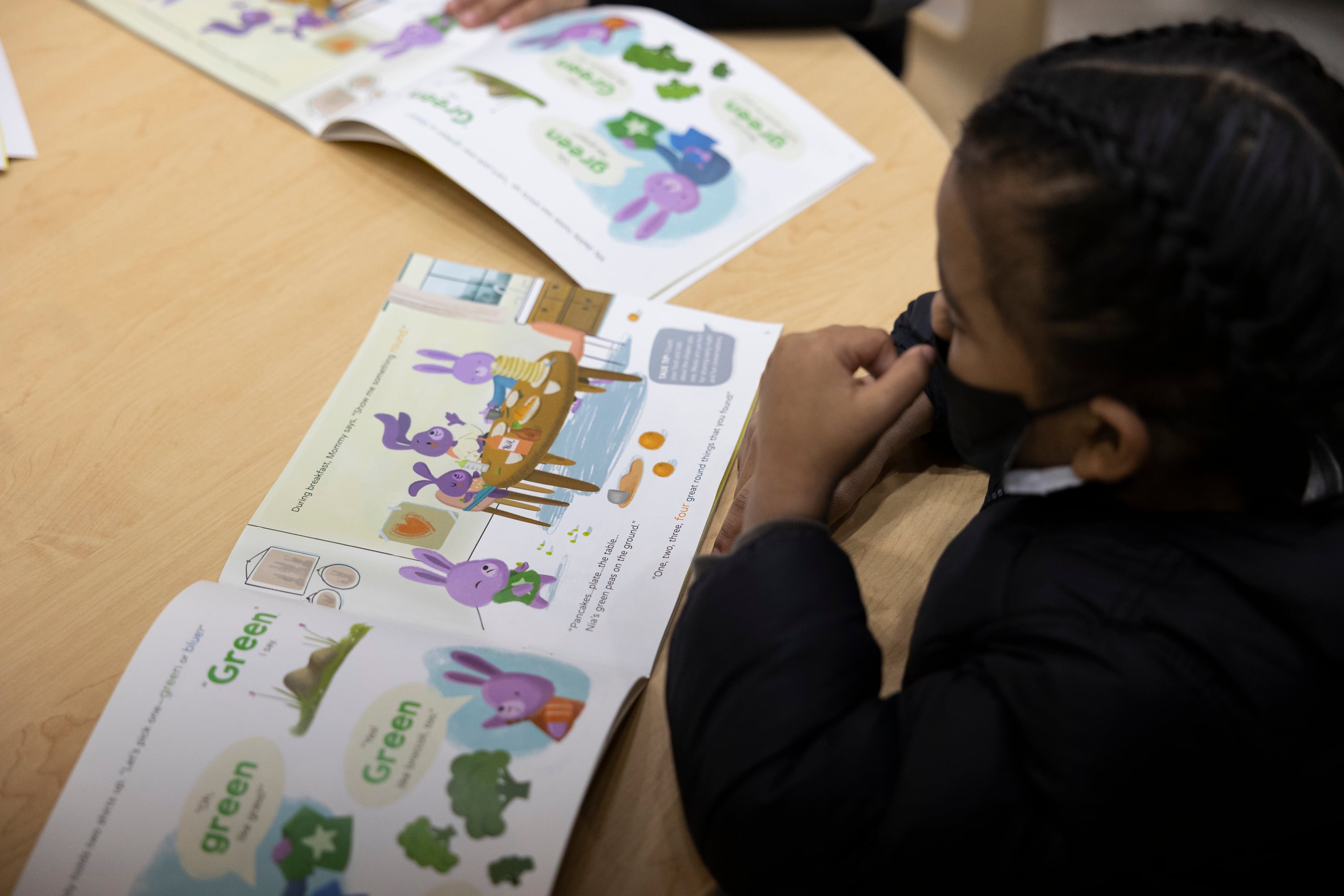Several hundred Indiana elementary schools tested their second graders on a state reading assessment last week in an effort to gauge their literacy skills after two years of pandemic disruptions.
This was the first year the Indiana Department of Education offered schools the option to test second graders on the IREAD-3 — which is intended for third graders — in order to offer identify and help struggling readers earlier.
Around 400 schools tested about one-quarter of the state’s second grade students, with results expected in mid-April, according to the department.
The voluntary pilot didn’t require legislative approval, unlike a bill proposed in 2015 that would have moved the test to second grade for all students. That proposal died after criticism that second grade was too early to test.
Two major incentives motivated schools to participate. First, students who pass the test in second grade won’t have to take it again in third grade, thereby reducing their testing burden during the year they take the ILEARN for the first time.
The results will also provide more information about students whose schooling has been disrupted by COVID since kindergarten.
“With this particular cohort, we’ve seen the most significant impact in terms of reading,” said Troy Knoderer, chief academic officer for Lawrence Township schools. “We need to give them all the support we can.”
In 2021, 81.2% of Indiana third graders passed the IREAD-3. Students who don’t pass in third grade must retake the test and may be held back.
The multiple choice test consists of three segments and takes approximately two hours to complete. The Department of Education recommends that schools spread this time out over at least two days.
Administering the test this year to all students in second and third grade cost $380,000.
All of Lawrence Township’s elementary schools tested their second grade students last week.
The Indianapolis district opted in after overwhelming support from elementary school principals, said Tierney Anderson, director of elementary education. Second graders and their teachers then worked on IREAD topics on a weekly basis.
“It’s making sure we are able to implement interventions on day one of their third grade year… so they do pass in third grade,” Anderson said.
She said parents supported the decision after the district explained it as something that could only help students, not hinder them.
Knoderer said he hopes the results will lead more families to participate in the district’s summer tutoring program.
During the week of the test, students took walks around the school to get their energy out, Knoderer said.
“It’s as low stress as possible, no stakes,” Knoderer said. “We’re trying to do this in a way that’s developmentally appropriate.”
While the IREAD is the first state test for young students, most have already taken diagnostic exams like i-Ready throughout the year.
At Gary schools, students take those exams three times a year, said Esther Goode, the district’s director of elementary curriculum. Through those tests, schools have seen evidence of a “COVID slide.”
“Students are, on average, anywhere from two to maybe three years behind and we’re needing to make up the loss,” she said.
Goode said the district plans to use second graders’ test scores to offer differentiated instruction in small groups next year, allowing teachers to focus on specific skills. Schools told parents that taking the test early will give them insight into what specific skills to work on with their children, she said.
The district is also offering a K-12 summer school, and will invite second graders to work on literacy skills based on their IREAD results, said Chief Academic Officer Kimberley Bradley.
Bradley said the pandemic had an outsize impact on Gary students, 99% of whom come from low-income families, and may have experienced upheavals at home.
But the district has also seen academic gains since the fall, Bradley said, as schools navigate a mostly normal school year.
“We’re seeing the impact of the students now in classrooms with their teachers,” she said. “They’re beginning to catch up.”
Aleksandra Appleton covers Indiana education policy and writes about K-12 schools across the state. Contact her at aappleton@chalkbeat.org.





